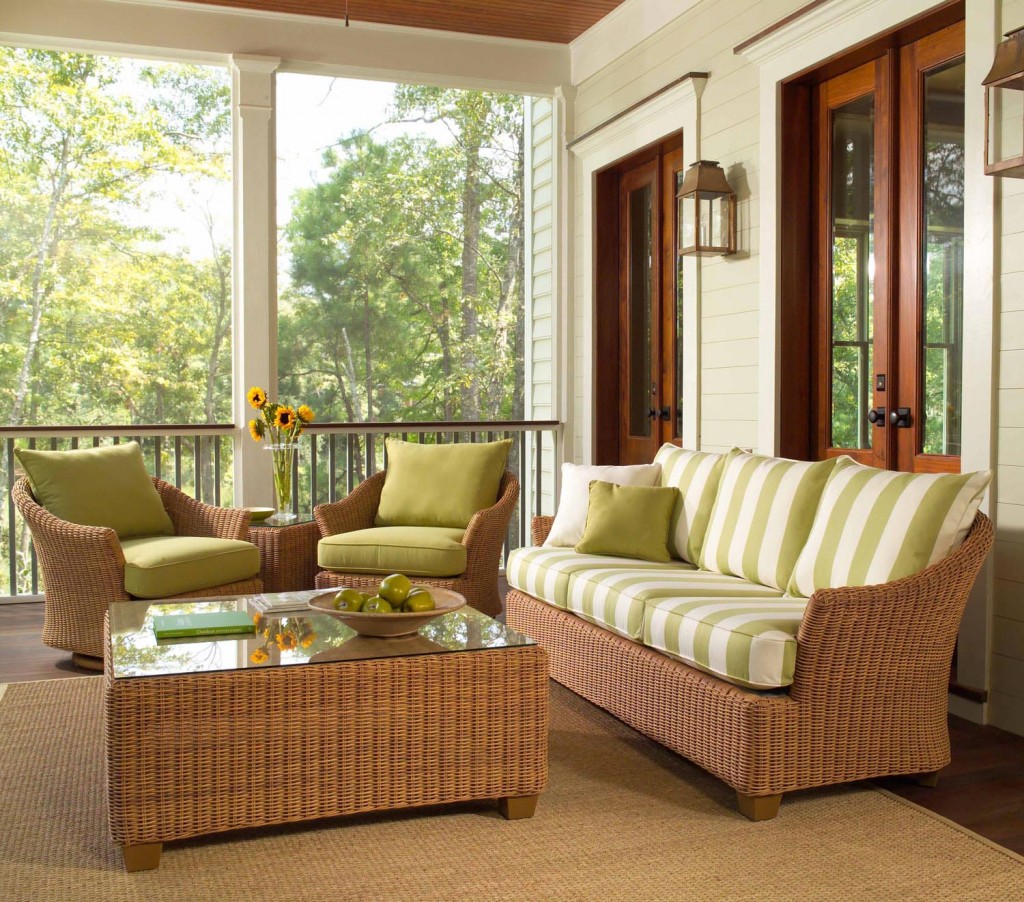Choosing a color scheme is the foundation of any great design, both inside and outside. But did you know that the colors you choose to decorate your home with could directly affect your mood? That is where color theory comes into play. If you are thinking of redecorating a room in your house, take these emotions into consideration.
Blues
This is a wonderful color for a bedroom, as shades of blue help to evoke a sense of serenity and calmness. Darker blues, such as navy portray trust and acceptance. When you enter a space that is a shade of blue it is easy to relax and unwind.
Greens
Green is a great choice for sunrooms, outdoor spaces, and traditional areas. It symbolizes fertility, heath, and good fortune. Because it is a color that comes directly from nature, it also gives you a sense or renewal and change.
Yellows
Yellows are perhaps the most common colors for interior design because of the natural warmth that they offer a space. Yellows bring with them a sense of optimism, awareness, and clarity. They can be soft, or bold depending upon your personal style preferences.
Reds
If you are creating a romantic design, red would be the color for you. Shades of red encourage energy, passion, love, and even courage. Add red cushions to outdoor chairs on a private balcony and you will have the perfect romantic getaway.
Pink
Are you designing a craft room or study for a female? Soft pinks actually encourage creativity. If that pink leans toward a fuchsia hue, that mood changes to one of elegance and promotes imagination. This is one color where the hue you choose could be very successful or very unsuccessful. Opt for something softer and more pastel or use it in small accents, such as curtains and cushions.
Purple
The final color that we are going to talk about today is purple, the color of wisdom and maturity. This color is often associated with a sense of spiritual confidence and is used in many religious settings.
About Philip Travers
Twitter •



 WishLists
WishLists
 My Account
My Account






